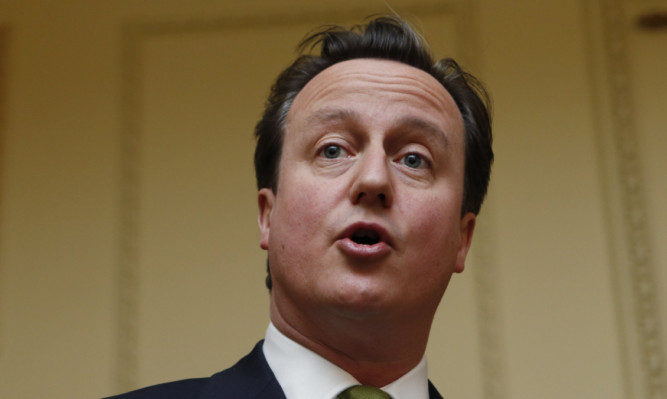David Cameron made a colossal “strategic blunder” in pulling out of talks on the creation of a new regulator for the press, former Liberal Democrat leader Paddy Ashdown said.
Lord Ashdown said the Prime Minister had damaged his standing with his own MPs, angered his supporters in the newspapers and strained relations with his Lib Dem coalition partners.
He said Mr Cameron managed to achieve the “Tory nightmare” of forcing Nick Clegg to line up with Labour.
“I have not seen an avoidable strategic blunder made by a British prime minister, or indeed the leader of a British political party, which matches that of Mr Cameron over Leveson,” he said.
“He marched his troops up to the top of the hill and then he had to march them back down again. In terms of strategy, this seems to me to make the Grand Old Duke of York look like a military genius.”
Mr Cameron dramatically broke off talks with Ed Miliband and Mr Clegg on the implementation of the Leveson report on press standards after the Labour and Lib Dem leaders insisted the planned new regulator was backed by legislation.
Within days he was forced to accede to their central demand after it became clear he would face defeat in the Commons if he did not.
Lord Ashdown said Mr Cameron’s “snatch” decision would have serious consequences for his relations with the press which is largely opposed to the new regulator and may boycott it with his own party and with the Lib Dems.
“The consequence was that he diminished his stature within his own party, which must look on this somewhat askance.
“It was very badly judged,” he said.
“The second consequence is that he forced Nick Clegg to do the one thing that the Tories don’t want him to do he forced him to go and speak to Labour, just the very thing that is the Tory nightmare.
“He also seriously damaged his relationship with the right-wing press that supports him which now regards him with a sulphurous regard.”
Lord Ashdown added: “I have no doubt that Mr Cameron’s actions very ill-advised, hastily grabbed at, not thought through could have done the coalition more damage than I think any other act since the coalition was formed, had it not been for the cool head of Nick Clegg.”
